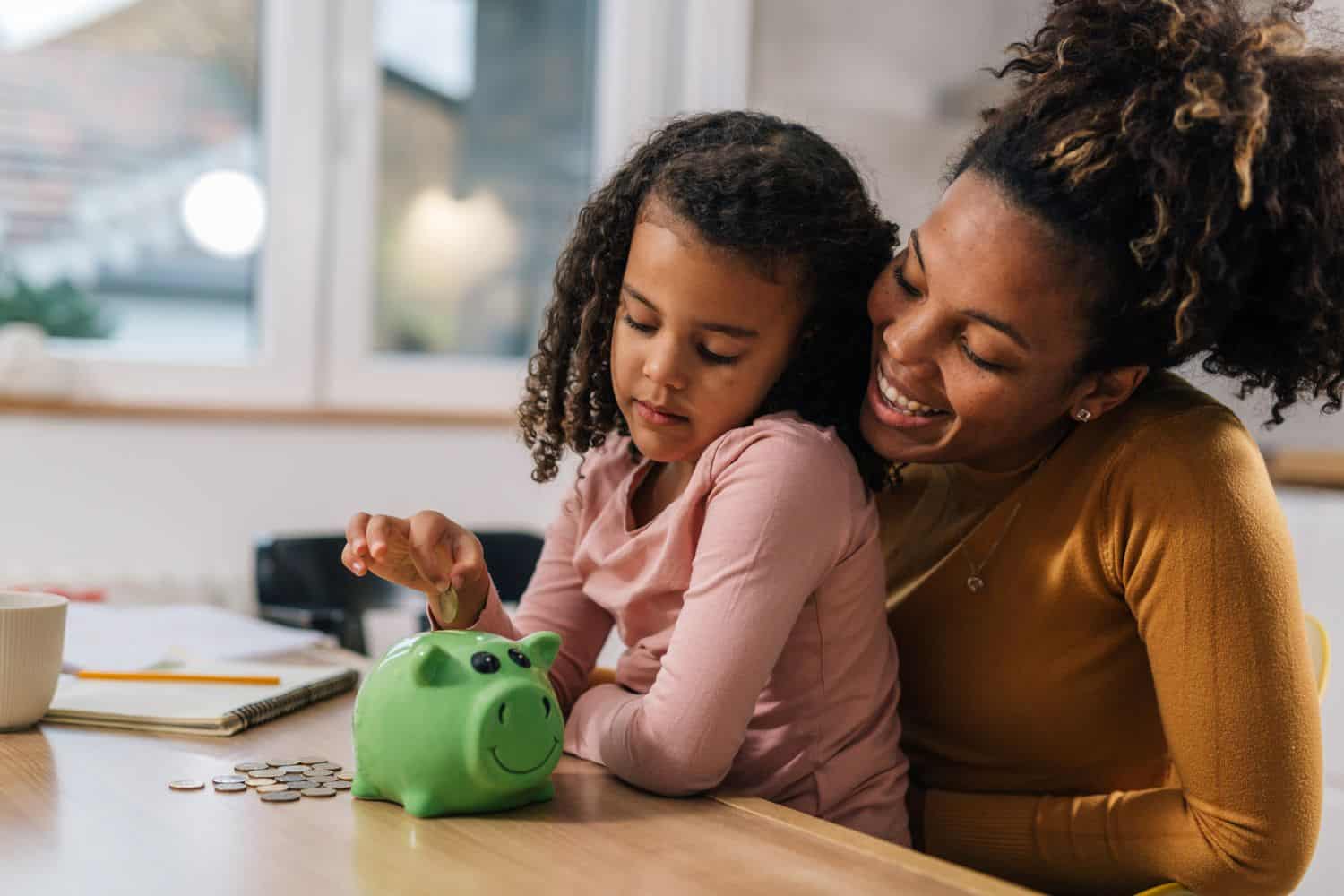The earlier young people learn money lessons, the better equipped they will be to make smart, confident financial decisions.

It is important to start teaching your children money lessons early in their lives, starting with understanding the concept of financial risk.
But understanding risk is definitely not for adults only.
June is youth month in South Africa, a time to celebrate young people and reflect on how to help them build a brighter, more inclusive future, says Sarah Nicholson, operations manager of JustMoney.co.za, a platform that helps South Africans make good money choices.
“Understanding the concept of financial risk is a key skill that helps young people avoid money pitfalls and thrive later in life.
“Just as we teach children to cross the road safely, we should also help them to recognise and navigate financial dangers, such as impulse spending, scams, debt and a lack of savings.
ALSO READ: Educate your children about money – here’s how
Understanding financial risk is important money lesson
“Understanding financial risk is a life skill, not just an adult concern. We often think of financial risk as something adults face, such as defaulting on a loan or losing an investment. But the truth is that young people are often exposed to money decisions early on.”
Whether it is peer pressure to have the latest gadget, being targeted by online scammers, or taking on a student loan without budgeting for repayments, the choices you make when you are young can have lasting consequences, she says.
“Youth Month offers the perfect opportunity to talk about financial wellbeing as a family. It is not about having all the answers but about starting the conversation, making learning practical and fun and showing young people that money is a tool they can learn to use with confidence.”
Teaching young people how to manage money can begin with everyday chats at the dinner table, at the till, or when discussing family expenses. Money lessons work best when they are practical, relatable and suited to your child’s stage of development. This is how:
ASLSO READ: Thanks for the money lessons, mom!
Money lesson for young children: start with the basics – needs versus wants and the power of saving
- Children as young as five can begin learning the difference between what they need (food and school shoes) and what they want (sweets or a toy). You can make this lesson real by involving them in a shopping trip. Before heading out, show them a list: “We need bread, milk and fruit. We do not need coffee today, and it is not on the list.”
- To encourage saving, use a clear jar or a labelled tin and let your kids contribute coins towards something small they want, such as a colouring book. Seeing the coins grow over time helps them grasp delayed gratification, a valuable lesson in today’s instant-gratification culture.
ALSO READ: Financial literacy at an early age is key for success later
Money lesson for tweens and teens: Introduce budgeting and responsible spending
- As children grow older, they can start earning a small allowance or pocket money and learn how to manage it. For example, parents might agree to give their child R150 a month. Instead of spending it all on fast food, the teen learns to divide up the money: R50 for weekend treats, R50 saved towards a phone cover, and R50 to put aside.
- Letting teens help plan a family purchase also builds confidence. For instance, ask your 14-year-old to help research and compare prices for a new TV or family computer. Discuss quality versus price, warranties and delivery costs.
ALSO READ: Start early, succeed big: Teaching kids the value of money
Money lesson for older teens and young adults: explore real-world financial tools and risks
- This is a good time to go deeper into concepts like credit, interest, debt and scams. If your 17-year-old is applying for tertiary education, use the opportunity to walk through a student loan agreement and explain repayment terms and interest.
- Introduce compound interest with a simple example: “If you invest R1 000 at 10% interest, you will have R1 100 after a year. But if you leave it there, you will earn interest on the R1,100 the next year, and that is compound growth.”
- You can also teach them how to spot common scams by reviewing typical examples that circulate via WhatsApp or social media. For example, a teen might see a TikTok ad for a “work from home, R3,000/week” job and be asked to pay R150 to secure a spot. The scammer then disappears with the money.
“Even if money is tight, these conversations can be powerful opportunities to build understanding and resilience and can protect youngsters from serious financial harm later.
Explaining why you say no to a purchase, how interest works with debt, and the importance of saving for emergencies can leave a lasting impression.
“Equipping the next generation with financial skills strengthens not only individual households, but entire communities.
“When young people understand how to manage money, avoid risk and plan for the future, they are more likely to reach their potential, build wealth and contribute to a more financially stable South Africa.”






